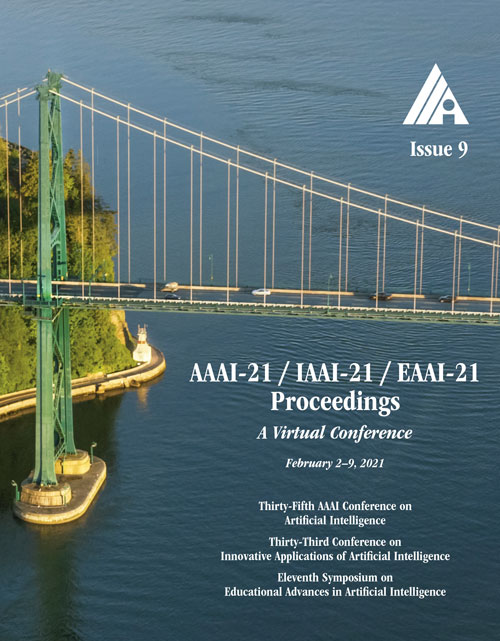Storage Fit Learning with Feature Evolvable Streams
DOI:
https://doi.org/10.1609/aaai.v35i9.16944Keywords:
Classification and Regression, Time-Series/Data Streams, Online Learning & BanditsAbstract
Feature evolvable learning has been widely studied in recent years where old features will vanish and new features will emerge when learning with streams. Conventional methods usually assume that a label will be revealed after prediction at each time step. However, in practice, this assumption may not hold whereas no label will be given at most time steps. A good solution is to leverage the technique of manifold regularization to utilize the previous similar data to assist the refinement of the online model. Nevertheless, this approach needs to store all previous data which is impossible in learning with streams that arrive sequentially in large volume. Thus we need a buffer to store part of them. Considering that different devices may have different storage budgets, the learning approaches should be flexible subject to the storage budget limit. In this paper, we propose a new setting: Storage-Fit Feature-Evolvable streaming Learning (SF2EL) which incorporates the issue of rarely-provided labels into feature evolution. Our framework is able to fit its behavior for different storage budgets when learning with feature evolvable streams with unlabeled data. Besides, both theoretical and empirical results validate that our approach can preserve the merit of the original feature evolvable learning i.e., can always track the best baseline and thus perform well at any time step.Downloads
Published
2021-05-18
How to Cite
Hou, B.-J., Yan, Y.-H., Zhao, P., & Zhou, Z.-H. (2021). Storage Fit Learning with Feature Evolvable Streams. Proceedings of the AAAI Conference on Artificial Intelligence, 35(9), 7729-7736. https://doi.org/10.1609/aaai.v35i9.16944
Issue
Section
AAAI Technical Track on Machine Learning II

